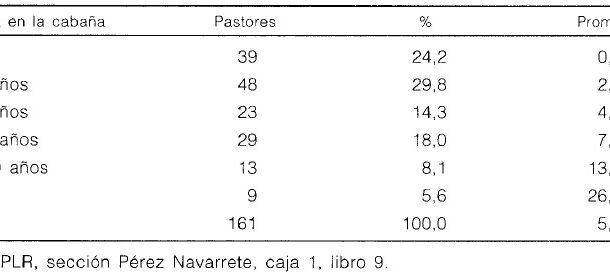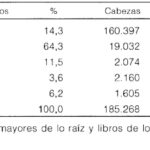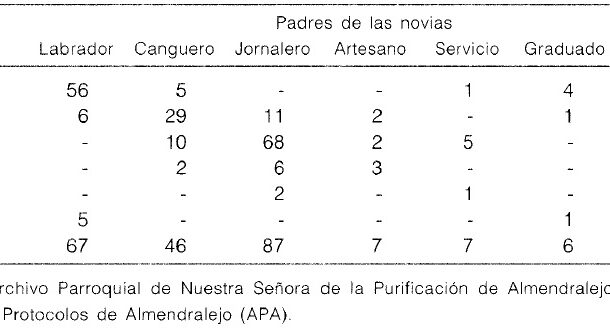
Transhumance has been a very relevant activity in the Spanish rural environment in pre-industrial times. Nowadays, knowledge about the work of shepherds is scarce due to a lack of documentation, as the phenomenon of pluriactivity must be taken into account. Had this not existed in the Rioja sierras – mainly through textile activity – the labour relations between stockbreeders and shepherds would have been very different. In socio-economic terms, it is understood that shepherds enjoyed transhumance in three ways: as owners, wage earners and enjoying exemptions granted by the monarchy (free of council offices, quintas and levies). However, it is necessary to clarify which type of shepherds we are referring to, as the hierarchies are not comparable in any field. The “mayorales” included management capacity and initiative, knowledge of the environment, administrators of goods and proxies for the herdsmen. As far as livestock owners were concerned, the ownership of livestock was the least evenly distributed of all. While two thirds of the inhabitants owned land and three quarters of them owned some kind of livestock, the owners of transhumant sheep accounted for only 27% of the inhabitants, being the most exclusive and concentrated asset in the hands of large livestock farmers and shepherds. The table shows the distribution of the flocks in various socio-professional groups. The stockbreeders, who were a handful of neighbours, accumulated 86% of the cattle; the shepherds, almost two thirds of the owners, owned 10% of the cattle in herds of less than 100 head. The rest, which did not exceed 20%, absorbed 3.2% of the livestock.
Collection: Statistics
Project: 3. Rural world and urban world in the formation of the European identity., 4. Family, daily life and social inequality in Europe.
Chronology: XVIII
Scope: Secondary Education, Baccalaureate, University
Link: https://www.historiaagraria.com/FILE/articulos/HA22_moreno.pdf
Resource type: Statistics
Format: Table
Source: Moreno Fernández, José Ramón, «Entre el padre y el patrón. La organización del trabajo trashumante en la montaña riojana (S. XVIII)», Historia Agraria, 22 (2000), pp. 131–158.
Language: Spanish
Date: 2000
Owner: Álvaro Romero González (Modernalia)
Copyright: © José Ramón Moreno Fernández © Revista de Historia Agraria
Abstract: Occupations of the owners of transhumant livestock during the 18th century: herdsmen, shepherds, farmers, churchmen and others
Image
Tags






